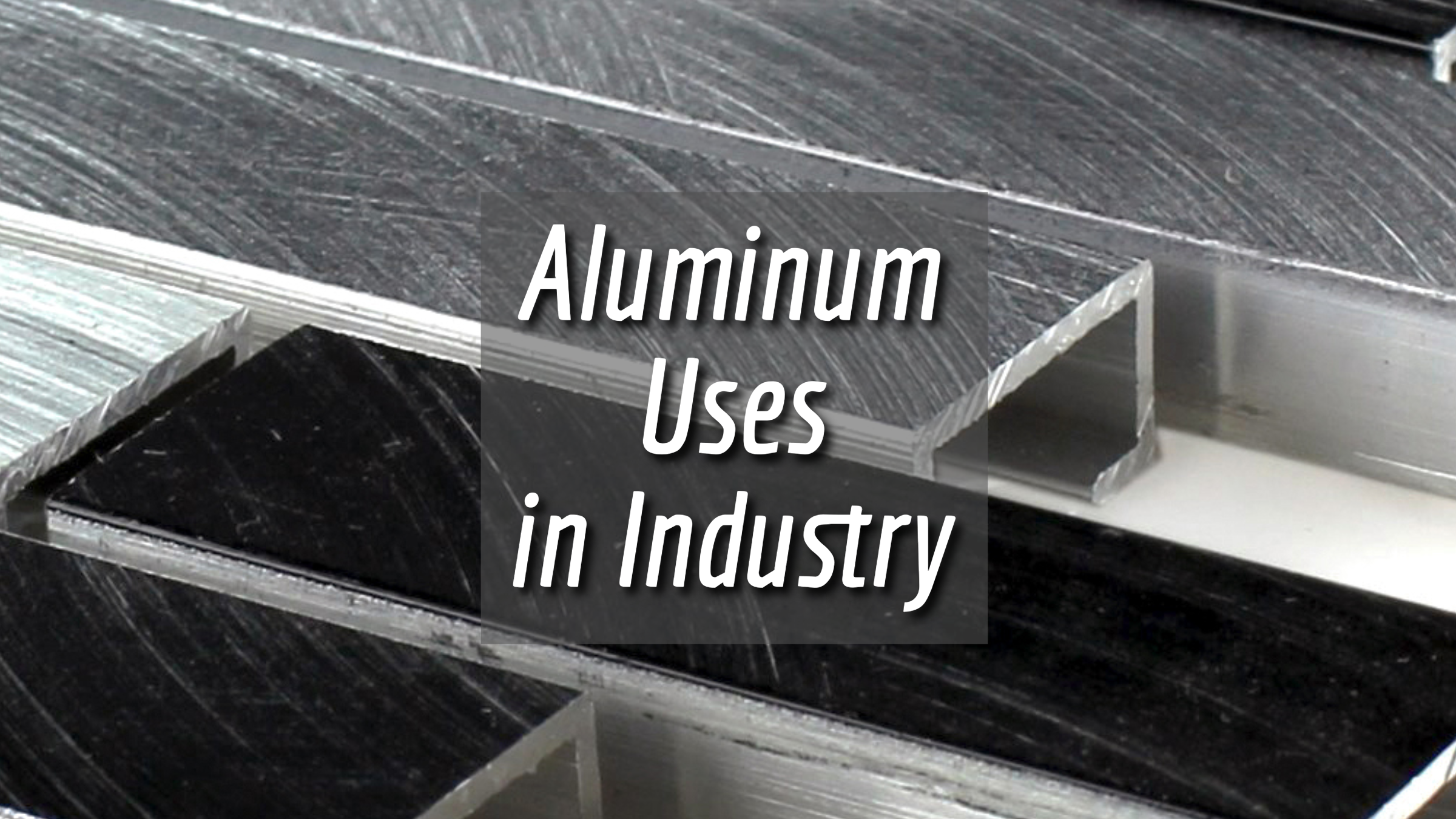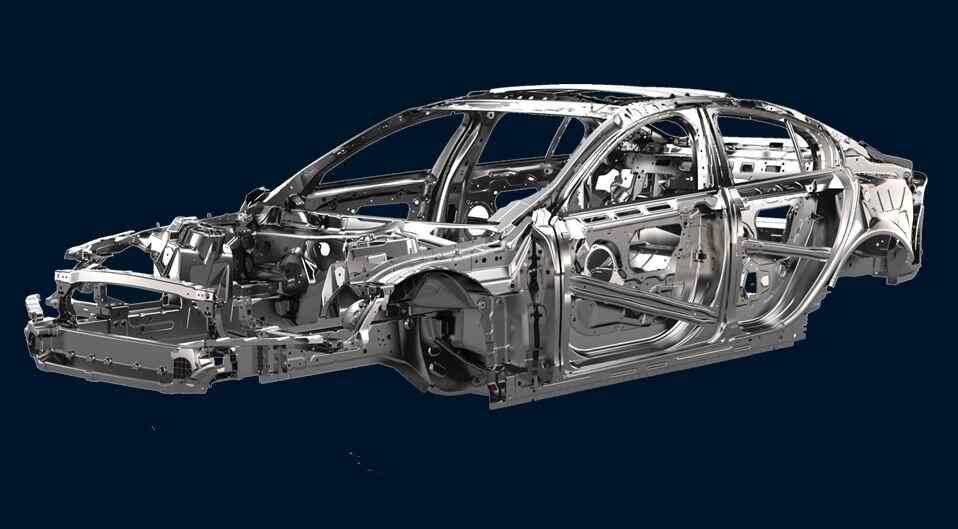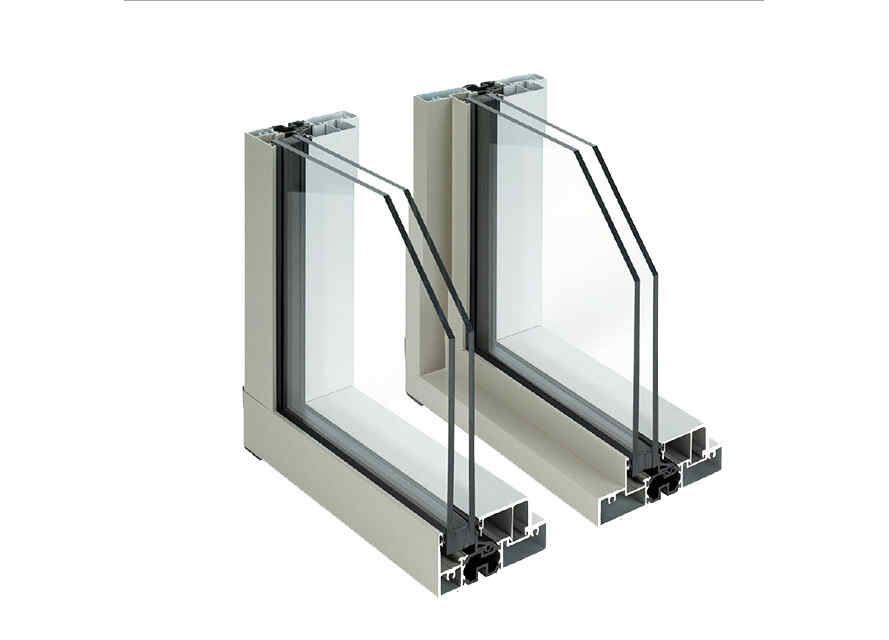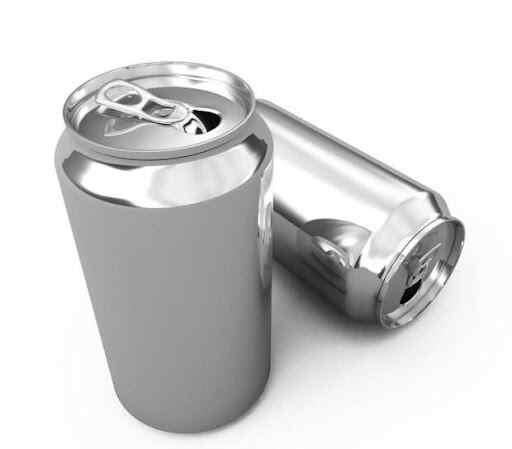Aluminum Uses in Industry: Exploring Diverse Applications

This article explores how aluminum is used in many industries to create new and improved products in different fields.
Introduction
Aluminum, the metal we encounter in everything from soda cans to smartphones, is a major player in industry. Prized for its unique combination of lightness, strength, and formability, aluminum finds its way into countless applications across various sectors.
Why Use Aluminum in Industry
Definition of Aluminum
Aluminum is the most abundant metal in Earth's crust (though typically found combined in bauxite ore). This element (symbol Al, atomic number 13) is a silvery-white metal prized for its unique blend of lightness, strength, and formability, which makes it highly valuable in industry.
Properties of Aluminum
Lightweight
Aluminum boasts a density around one-third that of steel. This translates to lighter vehicles, aircraft, and machinery, all contributing to improved fuel efficiency and operational performance.
Strength
Despite its lightness, aluminum can be surprisingly strong, especially when alloyed with other elements. This strength-to-weight ratio makes it ideal for applications demanding both weight savings and structural integrity.
Formability
Aluminum is highly malleable and ductile, meaning it can be easily shaped into complex forms. This allows for intricate designs and efficient manufacturing processes.
Corrosion Resistance
When exposed to air, aluminum forms a thin, protective oxide layer that shields it from further corrosion. This makes it suitable for harsh environments and extends its lifespan.
Heat Conductivity
Aluminum efficiently conducts heat, making it valuable for heat exchangers, cookware, and radiators.
Recyclability
Aluminum is one of the most recyclable metals, with a recycling rate exceeding 70%. This translates to significant environmental benefits and resource conservation.
Importance of Aluminum Uses in Industry
- Efficiency: Lighter vehicles and machinery due to aluminum translate to lower fuel consumption and reduced emissions, contributing to a more sustainable future.
- Performance: Aluminum's strength and formability enable the creation of high-performance structures and components, enhancing the capabilities of various machines and systems.
- Cost-Effectiveness: Aluminum's recyclability and efficient processing make it a cost-effective choice for many industrial applications.
- Sustainability: The high recycling rate of aluminum minimizes environmental impact and promotes resource conservation.
- Innovation: Aluminum's versatility allows for continuous innovation in various industries, leading to the development of lighter, stronger, and more efficient products.
Common Aluminum Uses in Industry
Aluminum's versatility is reflected through its extensive applications across various industries.
Aluminum's Role in Transportation

Source: kimsen.vn
Car bodies, hoods, wheels, and engine components are increasingly made from aluminum to reduce weight and improve fuel efficiency.
Airplanes heavily rely on aluminum for their lightweight, high-strength airframes, contributing to longer range and better fuel economy.
Ships also utilize aluminum for superstructures and certain components due to its corrosion resistance.
Aluminum in Construction and Architecture

Source: diygogreen.com
Aluminum's strength and lightweight nature make it ideal for building components like window frames, cladding panels, roofing sheets, and even structural elements.
This translates to lighter buildings with improved seismic performance and energy efficiency.
Aluminum in Electrical Engineering

Source: groupnirmal.com
Aluminum's excellent conductivity makes it a cost-effective alternative to copper in power lines and electrical wiring, especially for high-voltage applications.
However, its lower conductivity compared to copper necessitates thicker wires for similar current capacity.
Aluminum in Packaging and Containers

Source: lh3.googleusercontent.com
Aluminum is the go-to material for beverage cans and many food containers due to its formability, lightweight nature, and excellent barrier properties that protect food from spoilage.
Aluminum foil's versatility extends to food wrapping and heat transfer applications.
Development of Aluminum Industrial Uses
The story of aluminum's industrial uses is one of continuous innovation and adaptation.
Aluminum's Early Industrial Uses
Despite its abundance in nature, early aluminum extraction was a complex and expensive process, making it a luxury metal. However, by the late 19th century, breakthroughs like the Hall-Héroult method for electrolytic extraction drastically reduced production costs. This paved the way for its initial industrial applications in:
- Cookware: Aluminum's lightweight nature and good heat conductivity made it ideal for pots and pans.
- Decorative items: The novelty and silvery sheen of aluminum led to its use in ornamental objects.
Lighter, Faster Airplanes in the Early 20th Century
The Wright Brothers' pioneering flight in 1903 marked a turning point. Aluminum's strength-to-weight ratio became crucial for building lighter, more powerful aircraft.
This revolutionized transportation and warfare, with aluminum becoming the dominant material for airplane construction throughout the 20th century.
Aluminum in Construction throughout the 20th Century
While initially limited due to cost, aluminum's versatility gradually found its place in construction. The mid-20th century saw a rise in its use for:
- Building facades: Aluminum cladding panels offered a modern aesthetic and improved building insulation.
- Windows and doors: Aluminum frames provided lightweight, durable options for windows and doors.
- Interior design: Aluminum can be used to decorate ceilings, furniture, and other interior elements.
Modern Applications
Advancements in alloying and processing techniques further expanded aluminum's industrial applications in the latter half of the 20th century and beyond. Today, we see aluminum in:
- High-performance vehicles: Modern cars and trucks utilize aluminum for lighter components, contributing to fuel efficiency and performance.
- Consumer electronics: Aluminum's heat conductivity makes it ideal for heat sinks in laptops and smartphones.
- Sustainable packaging: The recyclability of aluminum makes it an environmentally friendly choice for packaging, with constant innovation in lightweight and recyclable designs.
- Renewable energy: Aluminum plays a crucial role in solar panels, wind turbines, and other renewable energy technologies.
Advantages and Disadvantages of Aluminum Industrial Uses
Aluminum dominates the industry because of its various advantages. However, like any material, it also has limitations to consider.
| Feature | Advantage | Disadvantage |
|---|---|---|
| Weight | Lightweight | Soft |
| Strength | Strong for its weight (especially in alloys) | Lower overall strength compared to some metals |
| Durability | Corrosion resistant | Can be dented or scratched more easily than some metals |
| Recyclability | Highly recyclable | Initial extraction and processing can be energy-intensive |
| Manufacturing Cost | Cost-effective through recycling | Higher cost compared to some readily available metals for initial production |
Conclusion
Aluminum, the most abundant metal on Earth, is prized for its unique combination of lightness, strength, and formability. These properties have made it crucial to modern industry, with applications in everything from lightweight vehicles and energy-efficient buildings to corrosion-resistant food cans and recyclable packaging.
Unionfab Offers Various Mateirals for Your Project
Unleash your creativity with Unionfab, your one-stop shop for 3D printing and traditional manufacturing.
We offer a vast selection of top-quality materials, like Aluminum (Alsi10Mg) ,Aluminium Alloy 6061-6 and Titanium (TC4), to bring your design vision to life.
Our seamless integration of materials and methods ensures your concept becomes a flawless reality.


